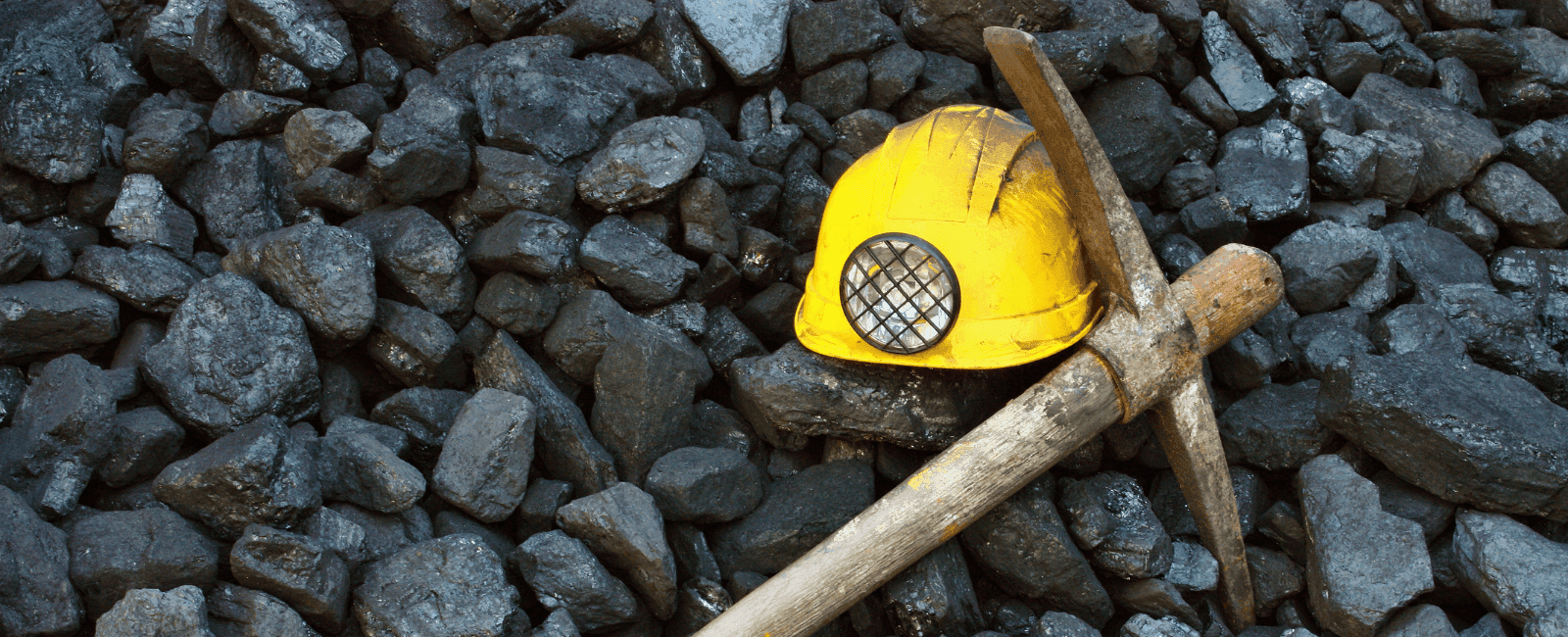

Mining is necessary for obtaining vital resources and raw materials like metals, minerals, rare earth elements, and fossil fuels. Unfortunately, traditional mining practices face many environmental challenges, such as pollution and land destruction. Biological mining is an often-overlooked alternative mining technique that uses plants or microorganisms to gather resources from the earth in a more sustainable fashion. One particularly notable approach to biological mining is mycomining, which uses fungi to extract valuable materials from the soil. Fungi, known for their remarkable ability to concentrate and accumulate metals and minerals from their environment, offer a unique opportunity to mine resources with minimal ecological impact.
Understanding mycomining
Unlike photosynthetic plants that get their energy from the sun, fungi are heterotrophic and use enzymes to break down complex organic molecules into carbon dioxide and basic mineral components. Some fungi have been found to break down pesticides, oil spills, dyes, and even radioactive pollutants.
After these molecules are in a simpler and more absorbable form, fungi use specialized proteins on the surfaces of their cells to bind to metal ions and transport them across the cell membrane into fungal cells. Once inside the cell, fungi have sophisticated systems to manage these ions to prevent toxic concentrations from building up and harming their cellular processes, even in substantial accumulations. The metals are commonly stored in vacuoles, bonded to proteins or peptides, or transformed into insoluble compounds inside the cells.
The process of mycomining typically involves selecting specific fungi with bioaccumulation abilities and introducing them to a site with low-grade ores or waste materials that contain the target metals. As the fungi grow, they uptake the materials into their biomass, which is later harvested and sent through an extraction process. Next, the biomass goes through incineration, leaching, or bioleaching to dissolve the accumulated metals and separate them from the organic material. These extracted metals are then refined to remove any remaining impurities and concentrate the metal. The end result is a collection of purified metals ready for various industrial applications without significant ecological damage (1).
Why mycomining?
Conventional mining methods include surface mining, underground mining, quarrying, and dredging operations. Mining can heavily pollute the soil, air, and water, threatening ecosystems and posing a risk to human health. Many mining methods also lead to habitat destruction and deforestation. Moreover, the extensive use of fossil fuels and carbon emissions exacerbates the effects of global climate change.
Every year, several million tons of heavy metals are extracted from the earth, and while these natural resources are necessary to sustain our growing population, our current methods of obtaining these materials are not sustainable in the long term.
Mycomining offers a more environmentally friendly approach to extracting metals. The process only produces biomass-based organic waste, which is significantly less harmful than the waste generated by traditional mining practices. Plus, mycomining has the potential to improve local ecosystems by absorbing heavy metals that would otherwise cause pollution and ecological harm. This process, known as mycomediation, is a means of controlling contamination through the use of fungi. By reducing the amounts of heavy metals in soil, fungi used in mycomining can help detoxify areas contaminated by industrial activities and improve soil health to support ecosystems while also extracting valuable resources.
The sustainable future of mining
While the existing field of mycomining is still relatively new, it has immense potential for revolutionizing the mining industry. Scientists and engineers have been working on optimizing conditions for fungi growth and metal uptake and developing more effective methods for processing biomass and extracting materials. Mycomining may not be as effective at collecting mass amounts of materials as traditional mining practices, but it could be a valuable supplement for offsetting the demand for mining or used in circumstances where conventional mining is not as efficient or economical. As sustainability concerns continue to increase, mycomining could play a significant role in meeting the demand for metals and minerals in an eco-friendly manner.
References
- Mitchell Peter Jones, and Alexander Bismarck. 2024. “Mycomining: Perspective on Fungi as Scavengers of Scattered Metal, Mineral, and Rare Earth Element Resources.” RSC Sustainability, January. https://doi.org/10.1039/d3su00398a.


